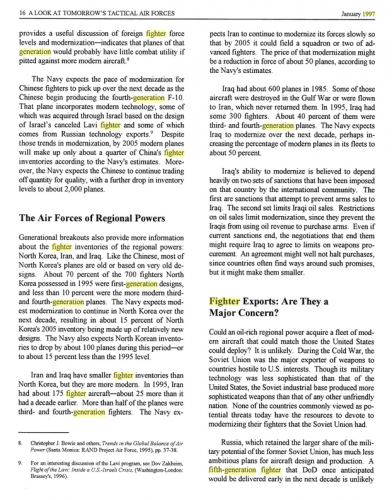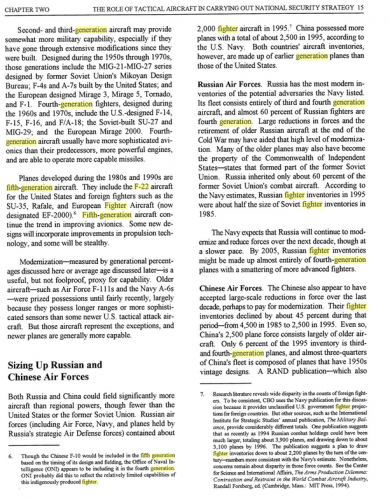- Joined
- 17 October 2006
- Messages
- 2,356
- Reaction score
- 998
By Hallion's standard, the F-22/35 are "seventh generation", so the citation is irrelevant and misleading.
I've searched RAND a few times and I have not come up with anything earlier than Lambeth's papers that reference MiG 1.42. I've looked again at JAST-related stuff as late as 2000 and can't find the "5Gen" term. So some citations would actually be helpful.
I've searched RAND a few times and I have not come up with anything earlier than Lambeth's papers that reference MiG 1.42. I've looked again at JAST-related stuff as late as 2000 and can't find the "5Gen" term. So some citations would actually be helpful.


